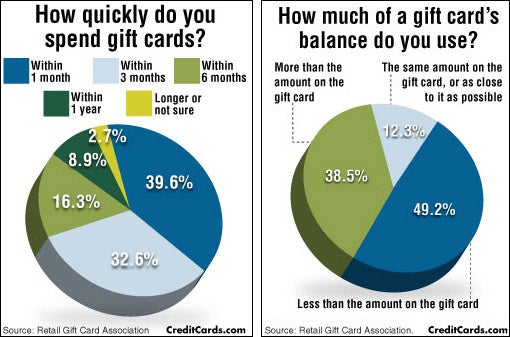Famous Historic Glass Engravers You Must Know
Glass engravers have been very knowledgeable artisans and artists for thousands of years. The 1700s were specifically noteworthy for their success and popularity.
For example, this lead glass cup shows how etching integrated style trends like Chinese-style themes into European glass. It likewise highlights just how the skill of a great engraver can create imaginary depth and visual structure.
Dominik Biemann
In the initial quarter of the 19th century the traditional refinery region of north Bohemia was the only location where ignorant mythical and allegorical scenes inscribed on glass were still in fashion. The goblet visualized below was engraved by Dominik Biemann, who specialized in little pictures on glass and is considered as among one of the most important engravers of his time.
He was the child of a glassworker in Nové Svet and the sibling of Franz Pohl, an additional leading engraver of the duration. His job is characterised by a play of light and shadows, which is especially apparent on this goblet presenting the etching of stags in woodland. He was also understood for his service porcelain. He passed away in 1857. The MAK Gallery in Vienna is home to a huge collection of his jobs.
August Bohm
A notable Nurnberg engraver of the late 17th century, Bohm worked with delicacy and a sense of calligraphy. He etched minute landscapes and inscriptions with strong formal scrollwork. His work is a precursor to the neo-renaissance design that was to control Bohemian and various other European glass in the 1880s and past.
Bohm accepted a sculptural sensation in both alleviation and intaglio inscription. He displayed his proficiency of the last in the carefully crosshatched chiaroscuro (stalking) results in this footed cup and cut cover, which illustrates Alexander the Great at the Fight of Granicus River (334 BC) after a paint by Charles Le Brun. In spite of his significant ability, he never ever accomplished the fame and ton of money he sought. He died in penury. His spouse was Theresia Dittrich.
Carl Gunther
Despite his determined work, Carl Gunther was an easygoing man that appreciated spending quality time with friends and family. He enjoyed his day-to-day ritual of visiting the Collinsville Senior citizen Center to delight in lunch with his pals, and these minutes of camaraderie supplied him with a much required break from his demanding career.
The 1830s saw something fairly phenomenal take place to glass-- it ended up being vibrant. Engravers from Meistersdorf and Steinschonau produced richly coloured glass, a preference called Biedermeier, to satisfy the demand of Europe's country-house classes.
The Flammarion inscription has actually ended up being a sign of this new preference and has actually appeared in books devoted to scientific research in addition to those checking out mysticism. It is additionally located in many museum collections. It is thought to be the only enduring instance of its kind.
Maurice Marinot
Maurice Marinot (1882-1960) started his career as a fauvist painter, yet ended up being amazed with glassmaking in 1911 when going to the Viard bros' glassworks in Bar-sur-Seine. They offered him a bench and instructed him enamelling and glass blowing, which he understood with supreme skill. He created his own methods, utilizing gold streaks and manipulating the bubbles and other all-natural imperfections of the material.
His strategy was to deal with the glass as a living thing and he was just one of the initial 20th century glassworkers to utilize weight, mass, and the visual result of natural defects as aesthetic components in his jobs. The exhibition shows the substantial effect that Marinot carried modern-day glass manufacturing. Regrettably, the Allied bombing of Troyes in 1944 damaged his studio and hundreds of drawings and paints.
Edward Michel
In the very early 1800s Joshua introduced a design that mimicked the Venetian glass of the duration. He used a method called diamond factor engraving, which includes scraping lines right into the surface area of the glass with a difficult metal apply.
He also created the very first threading machine. This creation allowed the application of long, spirally wound routes of color (called gilding) on the text of the glass, an important attribute of the glass in the Venetian style.
The late 19th century brought new design concepts to the table. Frederick Kny and William Fritsche both operated at Thomas Webb & Sons, a British company that concentrated on excellent quality crystal glass and speciality coloured engraved vs etched explained glass. Their work reflected a preference for classical or mythical topics.

Comments on “Personalized Glass Clocks For Modern Interiors”